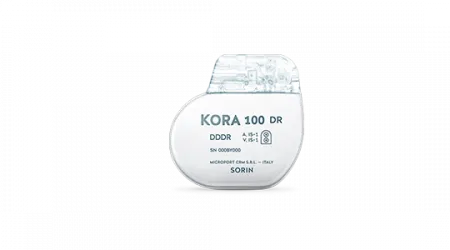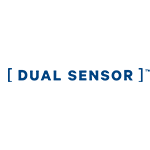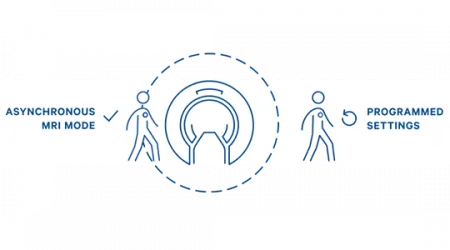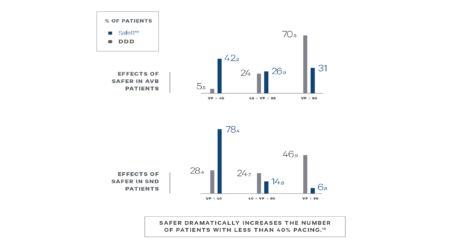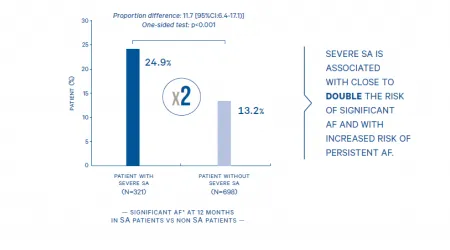KORA 100
MRI conditional pacing system with MRI tested leads.1 Always one step ahead.
A pacing system known for small size, longevity, and high performance
Kora 100 provides the first MRI mode that automatically detects an MRI magnetic field – another innovative solution in a pacing system known for small size, longevity, and high performance.
12 years longevity in only 8 cc.2
The world’s smallest dual-chamber pacemaker3 with no compromise on longevity.
